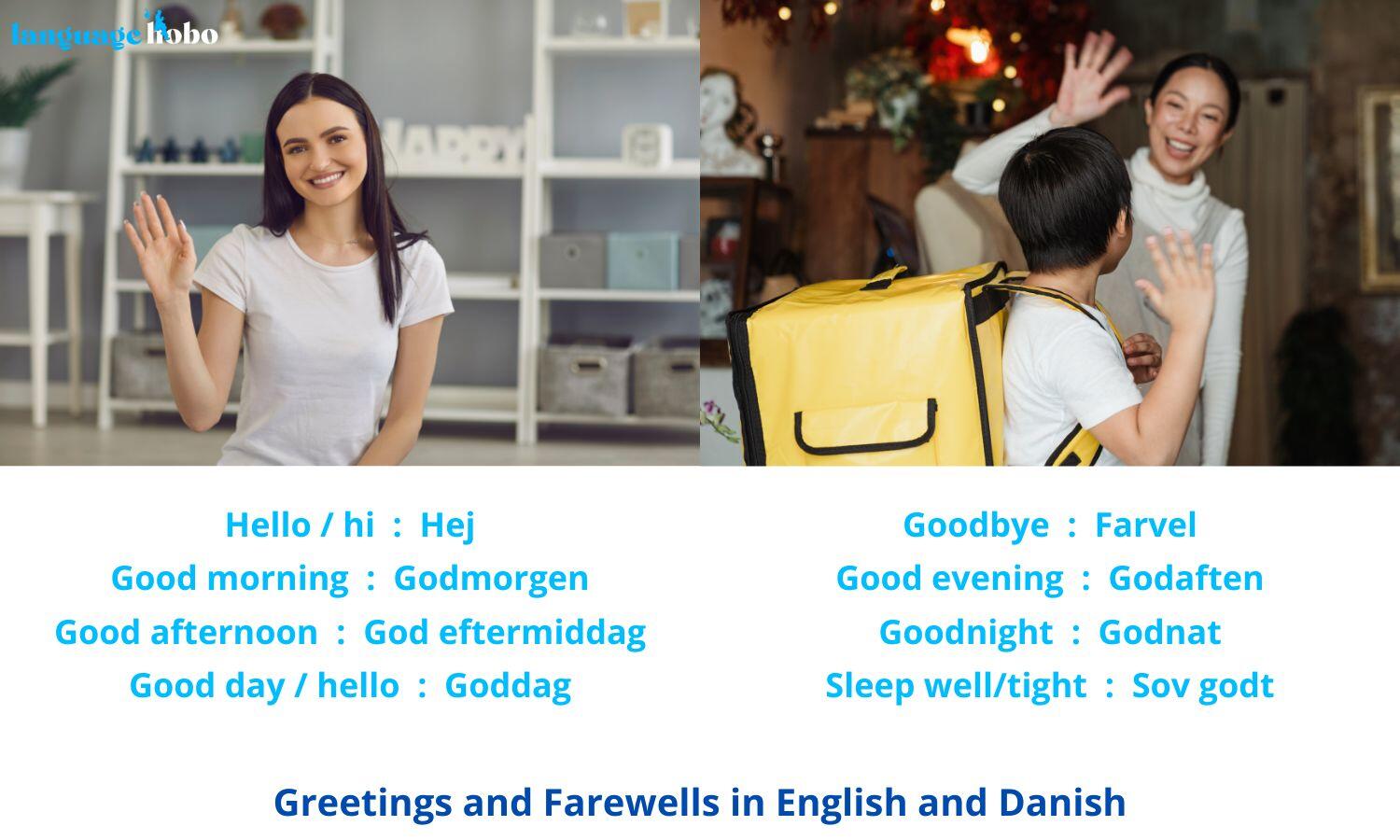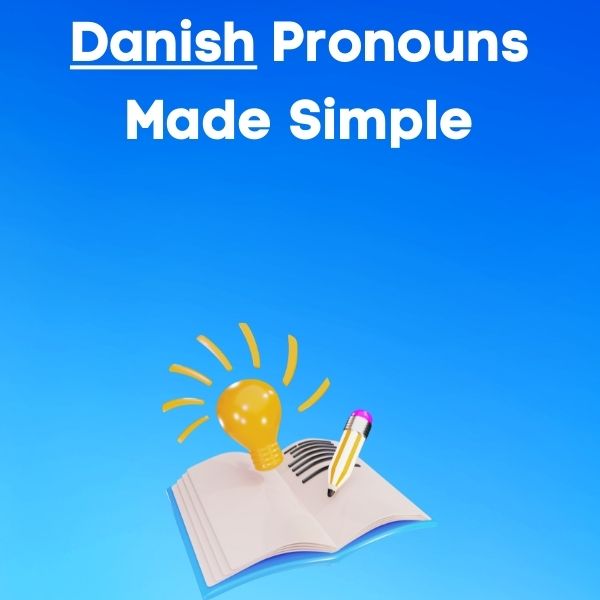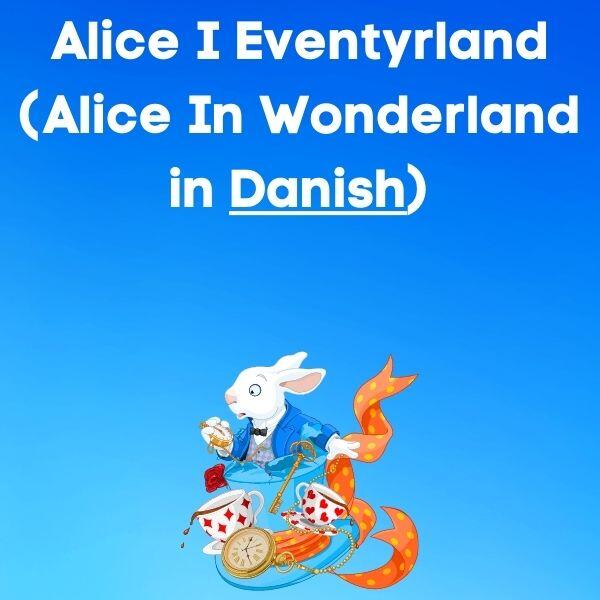Greetings And Salutations In Danish
Learning how to greet people properly is an important part of learning any new language. Danish is no different, and in fact, there are several Danish greetings and salutations that you need to be aware of.
If you’re planning a trip to Denmark, the Faroe Islands, or Greenland in the near future, it might be wise to learn some of these greetings and farewells. Not only will it make your trip more enjoyable, but the locals will appreciate your efforts too.
In this article, you’ll find a comprehensive guide to the most common Danish greetings and farewells, all separated into useful categories depending on the time of day you’d use them.
Danish Greetings
| English | Danish |
|---|---|
| Hello/hi | Hej Hejsa |
| Formal hello | Goddag |
| Good morning | Godmorgen |
| Good afternoon | God eftermiddag |
How to say “hello/hi” in Danish
The most common way to say ‘hello’ in Danish is “hej”. Pronounced like the English word “hi”, this word can be used in almost any situation. It can be used as a casual greeting between friends, or as a more formal way to greet someone.
You can also use “hejsa”, which is another informal greeting.
Formal “hello” in Danish
If you’re speaking to someone you don’t know, or you want to show respect, you can use the word “goddag”, which means… yep, you guessed it, ‘good day’.
How to say “good morning” in Danish
Another way to say ‘hello’ is “godmorgen”, which means ‘good morning’. You can use this phrase until around noon.
How to say “good afternoon” in Danish
In the afternoon, you’ll greet people in Denmark with “god eftermiddag”, though a simple “goddag” will also suffice here, as it’s a general greeting.

Danish Farewells
| English | Danish |
|---|---|
| Good evening | Godaften |
| Goodnight | Godnat |
| Sleep well | Sov godt |
| Goodbye | Farvel Hej hej Hav det godt |
| See you later | Vi ses senere |
| See you soon | Vi ses (snart) |
How to say “good evening” in Danish
When the sun starts to go down, you can say “god aften”, which means ‘good evening’. You can also use this at night, particularly as a general farewell, but not usually if you’re heading up to bed.
How to say “goodnight” (bedtime) in Danish
When you want to say ‘goodnight’ and go to sleep, you can say “godnat”, though you can also use this as a general night farewell.
Another bedtime greeting is “sov godt”, which means ‘sleep well’.
How to say “goodbye” in Danish
There are several ways to say ‘goodbye’ when in Denmark. The first and most commonly-used way is “farvel”, which is pronounced just like it looks. It’s almost identical to the English ‘farewell’ and can be used with anyone, in any situation.
It is a little formal, though, so you might want to use “hej hej” if you’re talking to your buddies, or even “hav det godt” if you want to mix things up a bit.
How to say “see you later” in Danish
Oftentimes in English, we use other phrases to say ‘goodbye’, such as “see you later”. Danish has these, too. If you’re in a less formal setting, “vi ses senere” can be used, which means ‘see you later’. The exact translation is “we see each other later”.
How to say “see you soon” in Danish
Almost identical to the above phrase, in meaning at least, is “vi ses snart”, which means ‘see you soon’. This is considered informal.
Now, while you can certainly say it like this and be understood, it’s more common to hear people shorten this to simply “vi ses”.
How are you?
| English | Danish |
|---|---|
| How are you? | Hvordan går det? Har du det godt? Hvordan har du det? |
| Hello, how are you? | Hej, hvordan går det? |
| I’m fine, thanks. And you? | Jeg har det fint, tak. Og du? Jeg har det godt, tak. Og du? |
It’s customary to want to know how people are doing after you first greet them. Inquiring about their well-being adds a nice personal touch to the conversation.
How to say “how are you?” in Danish
In Danish, you can ask someone how they are in a number of ways, starting with “Hvordan går det?” This is the most formal way to ask and can be used with anyone.
A less formal way to say it would be “Hvordan har du det?”, or even “Har du det godt?” These can be used with friends, family, and acquaintances.
If someone asks you these questions, you’ll probably want to answer them. To tell someone you’re ‘good’ or ‘well’, you’d say either “Jeg har det fint, tak”, or “Jeg har det godt, tak”, which are both ways of saying ‘I’m fine, thanks’. To throw the question right back at them, just tack on “Og du?” to say ‘And you?’
How to say “hello, how are you?” in Danish
Taking what you’ve already learned, you can now say “hej, hvordan går det?”, meaning ‘hello, how are you?’, or the more informal “hej, hvordan har du det?”, both of which are perfectly fine ways to start a conversation.
Wrapping things up
We hope this has been a useful introduction to the Danish language. With everything you’ve learned here, you should be able to get by just fine the next time you find yourself in Denmark.
If you want to learn some more important Danish vocabulary, head on over to our posts Days of the Week, Months of the Year, Seasons, Weather, and Time in Danish, and Body Parts and Clothes in Danish.




